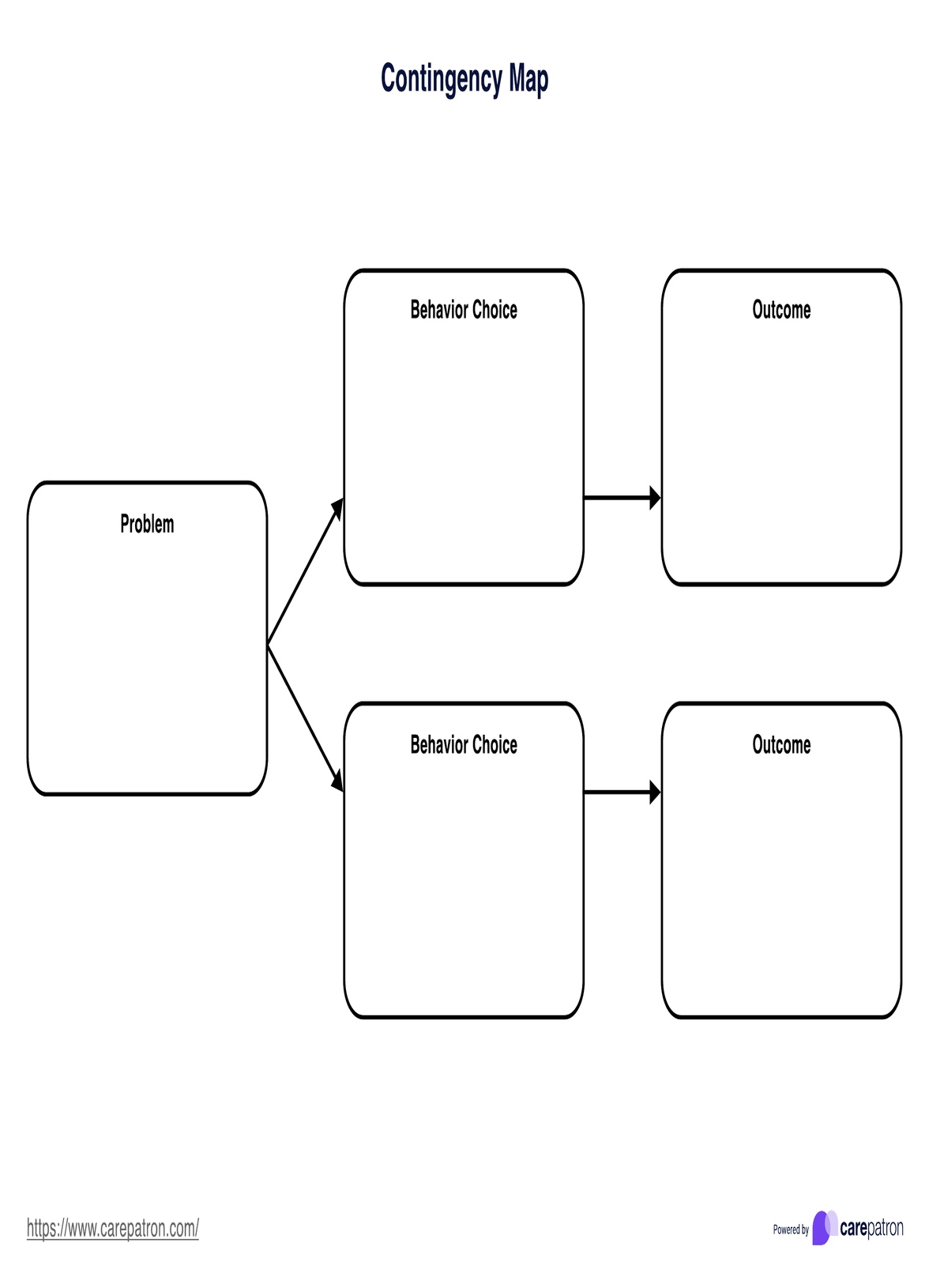Applied behavior analysis (ABA) is a therapy based on the science of learning and behavior, which helps to improve social, communication, and learning skills through reinforcement strategies.

Contingency Map
Understand and use Contingency Maps for behavior management in therapy, education, and parenting for improved decision-making.
Contingency Map Template
Commonly asked questions
The time to complete a contingency map can vary, typically ranging from a few minutes to an hour, depending on the complexity of the behaviors and outcomes being mapped.
Contingency maps are beneficial for individuals who need visual aids to understand the consequences of their actions, such as children, particularly those with learning disabilities or behavioral conditions like ADHD or autism, as well as adults in therapeutic or conflict-resolution settings.
EHR and practice management software
Get started for free
*No credit card required
Free
$0/usd
Unlimited clients
Telehealth
1GB of storage
Client portal text
Automated billing and online payments











